American Hardwoods in Europe
greenthumbzdude
9 years ago
Related Stories
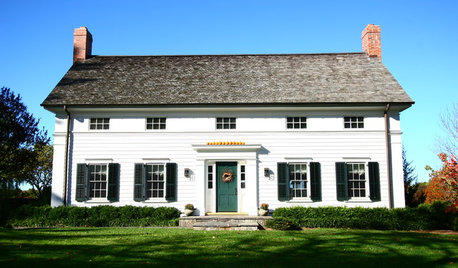
ARCHITECTUREA Brief Recap of Historical American Home Design
Two contradictory desires have fueled American architecture since its birth. See how the tension has played out in home design
Full Story
GARDENING GUIDESBackyard Birds: How to Care for American Goldfinches
The American goldfinch is a bright-in-the-summer visitor and one of the only vegetarian songbirds. Here's how to give them a healthy habitat
Full Story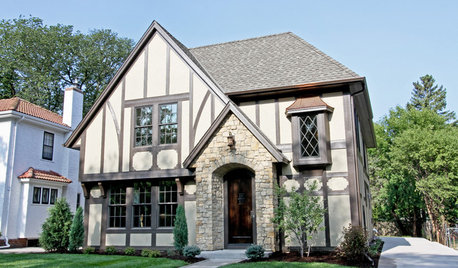
ROOTS OF STYLERoots of Style: The Indelible Charm of American Tudors
Rich details and an intimate scale give this English-inspired architectural style memorable character and flexibilty
Full Story
MOST POPULARHow to Hang the American Flag at Home
We’ll show you how to display the American flag on your house for Memorial Day, the Fourth of July or all year round
Full Story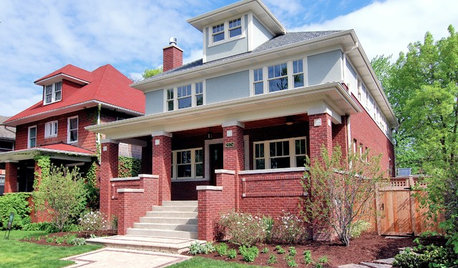
ARCHITECTURERoots of Style: The Eclectic American Foursquare
The turn-of-the-20th-century style transitioned U.S. residential architecture from the Victorian era to the modern age
Full Story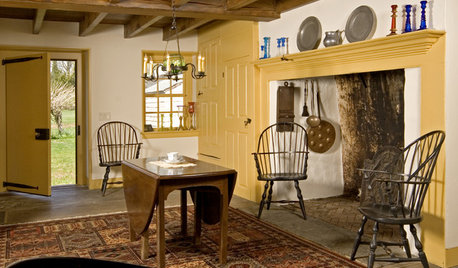
TRADITIONAL ARCHITECTURESo Your Style Is: Early American
The people we know as Pilgrims set the style stage back in 1620
Full Story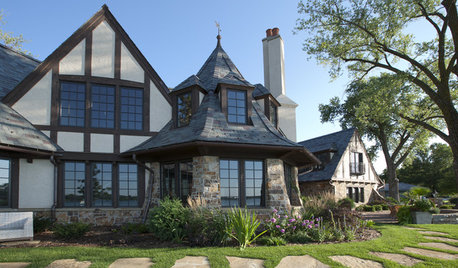
ARCHITECTUREAmerican Architecture: The Elements of Tudor Style
Storybook details and countryside charm make this architecture style appealing even if your home is far from the forest
Full Story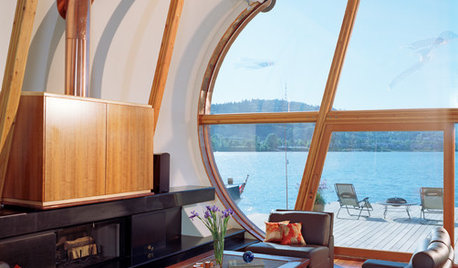
TRAVEL BY DESIGN10 North American Homes That Are Fabulously on the Water
Float homes, houseboats and boats serve these view-loving homeowners well
Full Story
ARCHITECTURE6 American Takes on Tudor Style
Classic elements and modern twists create plenty of variations on this medieval architectural style
Full Story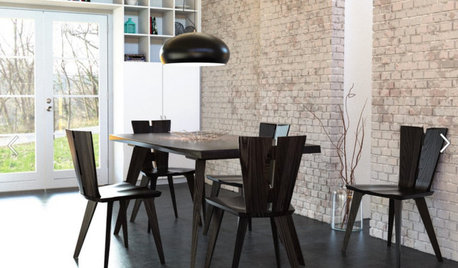
SHOP HOUZZShop Houzz: Copeland Furniture Dining Sale
Save 10% on American-made dining tables, chairs and buffets in beautiful hardwoods
Full Story0









Huggorm
alabamatreehugger 8b SW Alabama
Related Professionals
Middletown Landscape Contractors · Tempe Landscape Contractors · Belvedere Park Landscape Contractors · Edwardsville Landscape Contractors · Fort Payne Landscape Contractors · Tehachapi Landscape Contractors · Bethany Siding & Exteriors · Guilford Siding & Exteriors · Newington Siding & Exteriors · Oak Forest Siding & Exteriors · Perth Amboy Siding & Exteriors · Asheville Decks, Patios & Outdoor Enclosures · Castle Rock Decks, Patios & Outdoor Enclosures · Issaquah Decks, Patios & Outdoor Enclosures · Genesee Stone, Pavers & ConcreteHuggorm
floral_uk z.8/9 SW UK
dbarron
Huggorm
floral_uk z.8/9 SW UK
hairmetal4ever
davidrt28 (zone 7)
hairmetal4ever
davidrt28 (zone 7)
Huggorm
greenthumbzdudeOriginal Author
Huggorm
poaky1
floral_uk z.8/9 SW UK
drpraetorius
poaky1
hairmetal4ever
lucky_p
User
Huggorm
floral_uk z.8/9 SW UK
poaky1
Huggorm
poaky1